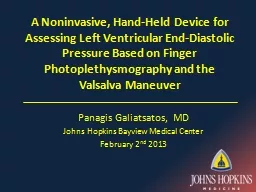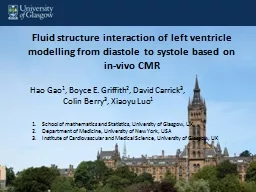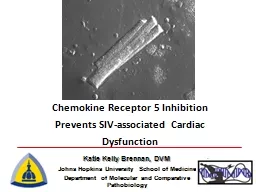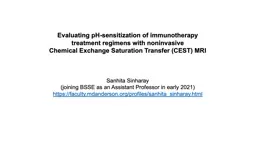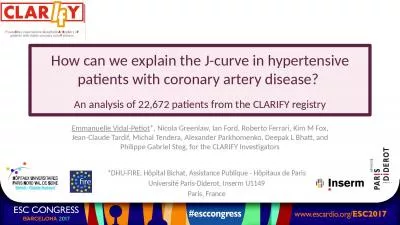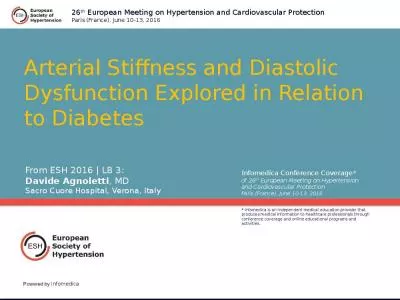PPT-A Noninvasive, Hand-Held Device for Assessing Left Ventricular End-Diastolic Pressure
Author : briana-ranney | Published Date : 2019-11-20
A Noninvasive HandHeld Device for Assessing Left Ventricular EndDiastolic Pressure Based on Finger Photoplethysmography and the Valsalva Maneuver Panagis Galiatsatos
Presentation Embed Code
Download Presentation
Download Presentation The PPT/PDF document "A Noninvasive, Hand-Held Device for Asse..." is the property of its rightful owner. Permission is granted to download and print the materials on this website for personal, non-commercial use only, and to display it on your personal computer provided you do not modify the materials and that you retain all copyright notices contained in the materials. By downloading content from our website, you accept the terms of this agreement.
A Noninvasive, Hand-Held Device for Assessing Left Ventricular End-Diastolic Pressure: Transcript
Download Rules Of Document
"A Noninvasive, Hand-Held Device for Assessing Left Ventricular End-Diastolic Pressure"The content belongs to its owner. You may download and print it for personal use, without modification, and keep all copyright notices. By downloading, you agree to these terms.
Related Documents

